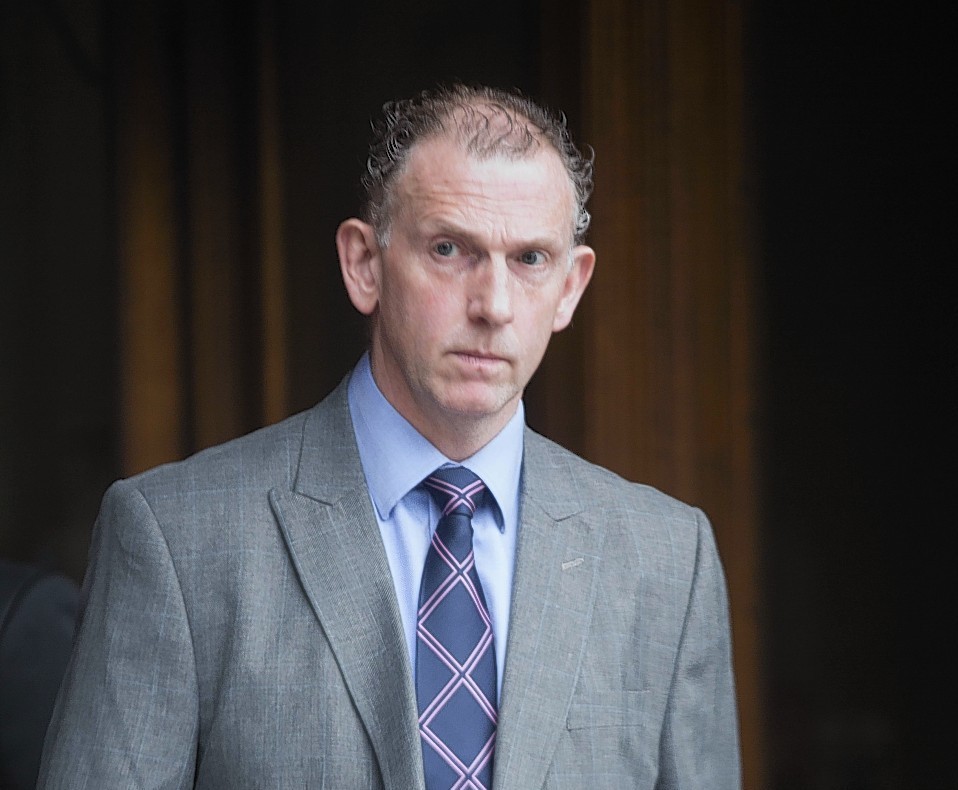The case of a top firearms officer who admitted driving dangerously on north-east roads, while answering two 999 calls, and ended up in court, has been a real eye-opener for most of us mere mortals on the roads.
Sheriff Annella Cowan gave John Kearney the lightest sentence she could, in the circumstances, because she did not want the public to lose confidence in the ability of emergency services to respond efficiently to 999 calls, without fear of prosecution.
She looked at CCTV footage of his journey and did not see anything out of the ordinary for a 999 call. This was sharply at odds with the Crown’s case, which argued he had carried out a number of dangerous manoeuvres as he sped from Aberdeen to Elgin.
Kearney argued that reports about the incident he was responding to were so bad that he made a conscious decision to drive in a certain way.
Let’s look behind the facts: if you believed someone was about to kill you, would you be bothered how the police were driving if it meant saving your life?
On the other hand, if you were trundling along a road minding your own business and a screaming blue light coming towards you suddenly made you think your life was about to expire, you might think differently.
It’s a question of balance and skill. Innocent people have died or been injured in police chases, but people die if police don’t get there in time.
We have to trust our 999 drivers to be trained to the highest levels and for their performance to be monitored constantly.
Kearney gave us a telling insight into what was racing through his mind at the time: he didn’t know if he was responding to “another Dunblane”. It puts things into perspective, but innocent passers-by must also be protected from unnecessary risks.
